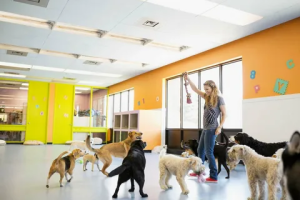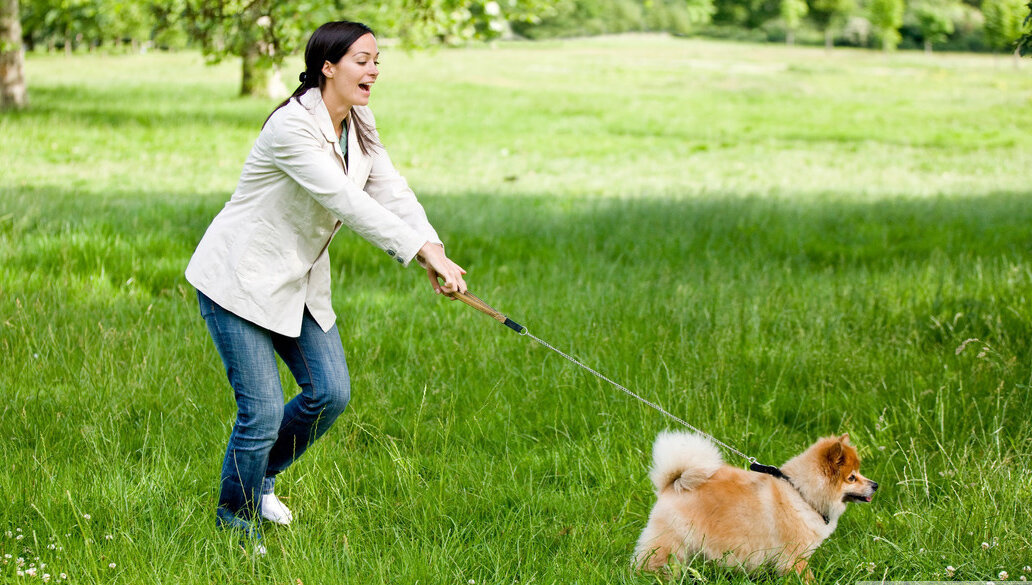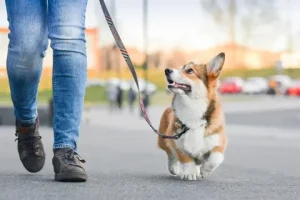As far as improving your pet’s quality of life goes, a few changes to your home such as miscellaneous things for your pet are as beneficial as wall mouse hole dog doors. These are very helpful extra accessories not only to you but to your pets, they offer them liberty and comfort.
“Installing pet doors in your home can significantly enhance your pet’s quality of life by providing them with increased freedom and independence. This autonomy allows pets to relieve themselves without waiting for human assistance, reducing indoor accidents and promoting better bladder health. Additionally, regular outdoor access encourages physical activity, contributing to a healthier lifestyle for your pet. Denver Pet Door”
One might wonder, if is it difficult to install pet door for wall, whether you are thinking about getting a cat door or wondering about opting for pet doors for walls, this guide will focus on why having pet doors is such a boon for you and your pets.
Now it is high time to describe what advantages can be provided by this state-of-the-art approach.
Living Free and Happy for Your Pets
The pet doors for walls make one of the biggest benefits of giving your pets the freedom they deserve to enjoy. Instead of spending much of their time standing at your door waiting for it to be opened, they can easily come outside and then go back inside.
- With a doggy door into dog run side of house, there is no need to rush back home from work to let the dogs out to go to the bathroom or get a brief run around.
- The cat door installation process leads the cats to not depend on their owner’s attention as kittens, and they can accompany their owners outside the house for some time.
- This feeling that your pet can fend for itself with your cat door installation eliminates pressure and tension within the family for you and your pet.
Convenience for Pet Owners
So how to install dog door. Still wondering is it difficult to install pet door for wall? Transferring to the dog-run side of the home might seem inconvenient and tedious with so many trips to open the door for the pet, a doggy door makes this less of a problem. Hence pet doors for walls are most helpful in this regard to those families that have many errands to complete within a given period.
Health and Happiness of Pets
Dogs in particular cannot survive being cooped up all day without a routine that includes playing and walking in the park. With a properly installed insulated dog door, your furry friends can enjoy outdoor playtime or quick trips to the yard whenever they please.
- Facilitates motor activity, thus helping to prevent obesity and other related state-related diseases.
- The pet doors for walls promote brain enhancement in animals in that they are allowed to roam in the different areas they desire.
- It also assists in sticking to the washroom regimen keeping bowel movement habits healthy in the longer run.

Enhanced Home Security
Some people have concerns about the safety that comes with fixing pet doors for walls, however, modern models are highly developed and secure dog door. Selecting an efficient and safe pet door for walls or dog door helps you to keep your home secure and at the same time allow your dog to move in and out of your home.
- Lately, the facility has featured lockable doors to help minimize unauthorized persons’ access.
- Squeaking, bright lighting, and access to high-quality materials and designs tend to discourage intruders.
- The secure dog door retains the energy of your home making it energy-efficient and also preventing infestation of pests.
Versatile Design Options
If you need a small cat door or a huge doggy door to get into the side of the house with the dog run, there are so many choices. Many pet doors for walls come with features like:
- Various types of insulation including insulation of double flap systems.
- Moving partitions gives an additional layer of protection.
- Flexible dimensions that will suit the different sizes and ages of the pets regardless of the breed.
- Such design options make it possible to solve the question of the correct choice for your house design and your pet’s needs.
Installing Pet Doors for Walls
The installation of pet doors for walls makes your home a perfect place for your pet animals to live. Your pets will enjoy it and you will find it convenient, secure, and much cheaper than traditional kennel facilities. They are available in various designs and their aspects, such as installation of insulating and security features, demonstrate that they are well worth the cost for any home with pets.
Conclusion
In order to make the choice of a pet convenient to their owners, Pup Mobile makes it easy to create a pet-friendly home. Whether you are deciding to install the pet doors for walls or purchasing miscellaneous things for your beloved pet, it’s about the best upgrades for your pet! For more information Email at Pupmobilellc@gmail.com, or call at +1 888-710-4190
FAQs
If I am getting a pet doors for walls, is it hard to do so?
Cutting a hole in a wall for the pet door requires basic power tools, which most people have if they have any experience with wall installations. Complex configurations can be best solved through professional installation.
Can a cat door be installed on any wall of the house?
Yes, but make sure there are no electrical wires or pipes to hinder the construction of the wall. Select a site that is secure and easy to navigate for your cat.
How do you distinguish the best pet door for cold climate temperatures?
An insulated dog door is perfect if the weather where you live is harsh – it will avoid drafts and will save energy your home uses.
How do I secure my pet doors for walls?
Choose a dog door that can be locked and covered to avoid letting strangers or other pets in the house, one with special features for locking.
Can a pet door open directly into a dog run?
Yes, a pet door installed to the specific side of the house with your dog’s run ensures your dog has direct access to the outdoors at will.


























